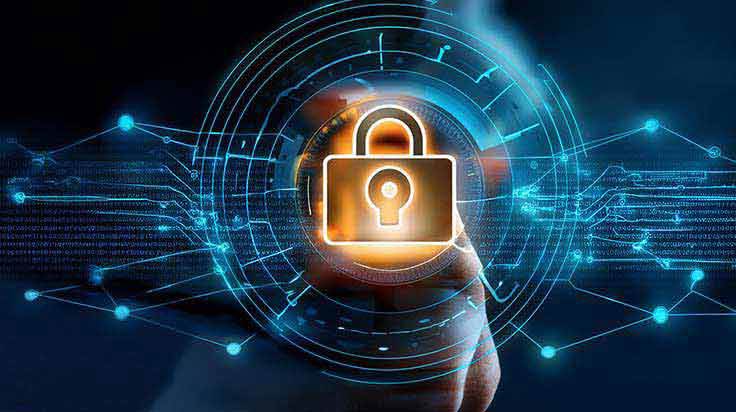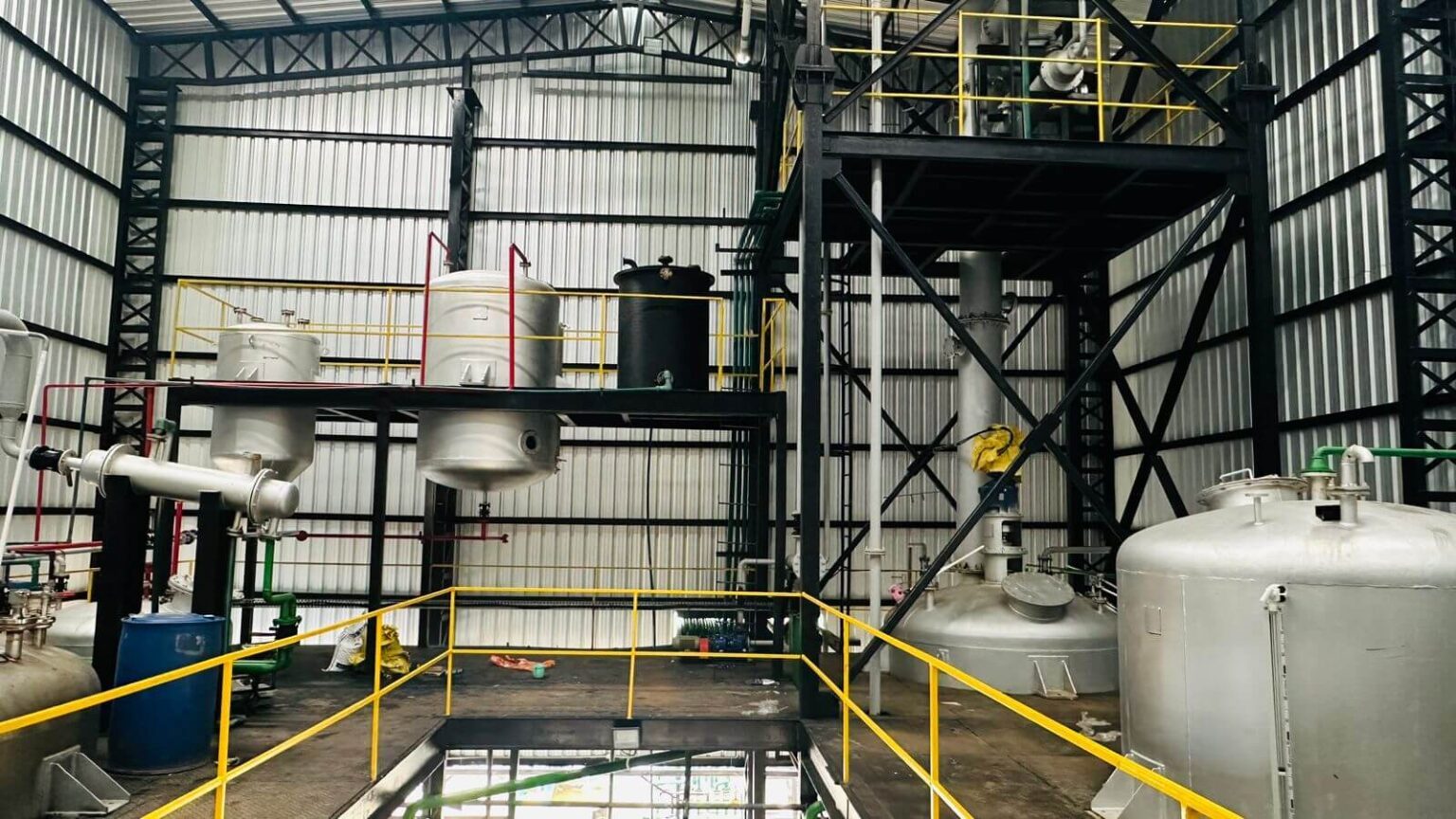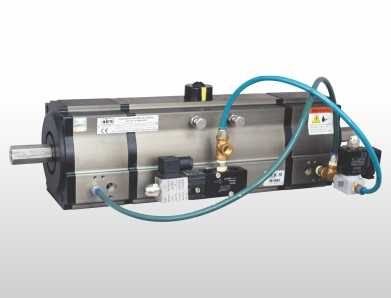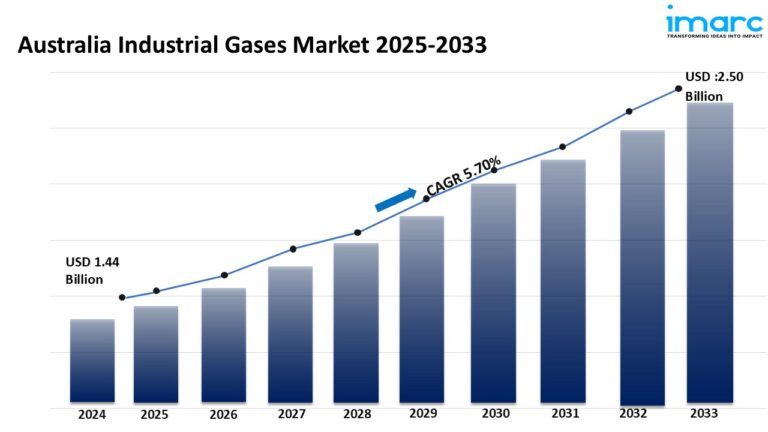Regulatory compliance is a critical concern for organizations handling sensitive data. Laws like the General Data Protection Regulation (GDPR), California Consumer Privacy Act (CCPA), and Health Insurance Portability and Accountability Act (HIPAA) establish strict guidelines for data protection, privacy, and security. However, achieving and maintaining compliance can be challenging, given the evolving threat landscape.
Network Detection and Response (NDR) plays a vital role in helping organizations comply with these regulations by providing real-time network visibility, anomaly detection, and automated incident response. This article explores how NDR solutions facilitate compliance with GDPR, CCPA, and HIPAA.
Understanding the Role of NDR in Compliance
NDR solutions continuously monitor network traffic, detect suspicious activities, and respond to threats before they escalate. By leveraging AI-driven analytics, behavioral analysis, and threat intelligence, NDR solutions enhance security postures and support compliance initiatives in several ways:
1. Ensuring Data Protection and Breach Detection
-
GDPR Requirement: Organizations must implement measures to protect personal data and detect breaches in a timely manner (Article 32 & 33).
-
CCPA Requirement: Businesses must safeguard consumer data and notify affected parties in case of a breach.
-
HIPAA Requirement: Covered entities must ensure the confidentiality, integrity, and availability of protected health information (PHI).
How NDR Helps:
-
Detects unauthorized access and suspicious network activities that indicate a potential breach.
-
Provides real-time alerts to security teams, allowing for swift incident response and mitigation.
-
Supports forensic analysis to determine the source, impact, and extent of a data breach.
2. Enhancing Threat Detection and Response
-
GDPR: Organizations must take proactive security measures to prevent data loss.
-
CCPA: Businesses should employ reasonable security practices to prevent unauthorized access.
-
HIPAA: Healthcare organizations must have safeguards to prevent cyber threats.
How NDR Helps:
-
Uses AI and machine learning to identify anomalies and potential threats before they cause damage.
-
Automates response actions, such as quarantining compromised systems or blocking malicious traffic.
-
Correlates network activity with threat intelligence to reduce false positives and enhance response accuracy.
3. Providing Comprehensive Network Visibility
-
GDPR & CCPA: Require organizations to track and control data flows to prevent unauthorized access.
-
HIPAA: Mandates audit controls and tracking of electronic PHI (ePHI) activity.
How NDR Helps:
-
Offers full network visibility, ensuring that security teams can track data movements and access patterns.
-
Identifies shadow IT and unauthorized devices that may pose compliance risks.
-
Supports audit logging and compliance reporting, making it easier to demonstrate regulatory adherence.
4. Facilitating Compliance Audits and Reporting
-
GDPR: Organizations must maintain records of processing activities (Article 30).
-
CCPA: Businesses must provide transparency into data handling practices.
-
HIPAA: Requires regular security audits and compliance documentation.
How NDR Helps:
-
Generates detailed logs and reports that facilitate compliance audits.
-
Provides forensic capabilities to investigate security incidents and demonstrate regulatory adherence.
-
Enables organizations to prove due diligence in protecting sensitive data.
5. Minimizing Data Breach Impact and Reducing Liability
-
GDPR: Heavy penalties for non-compliance (up to 4% of global revenue).
-
CCPA: Fines and potential lawsuits for mishandling consumer data.
-
HIPAA: Financial penalties for data breaches and non-compliance.
How NDR Helps:
-
Reduces dwell time of attackers, minimizing data exposure.
-
Enables rapid containment and remediation of security incidents.
-
Helps organizations avoid regulatory fines and reputational damage by demonstrating strong security measures.
Conclusion
Compliance with GDPR, CCPA, and HIPAA requires continuous monitoring, proactive threat detection, and rapid response capabilities. NDR solutions empower organizations to meet these regulatory requirements by enhancing security visibility, detecting threats in real-time, and ensuring swift incident response.
By implementing an NDR-driven cybersecurity strategy, organizations can not only meet compliance standards but also strengthen their overall security posture against evolving threats.












